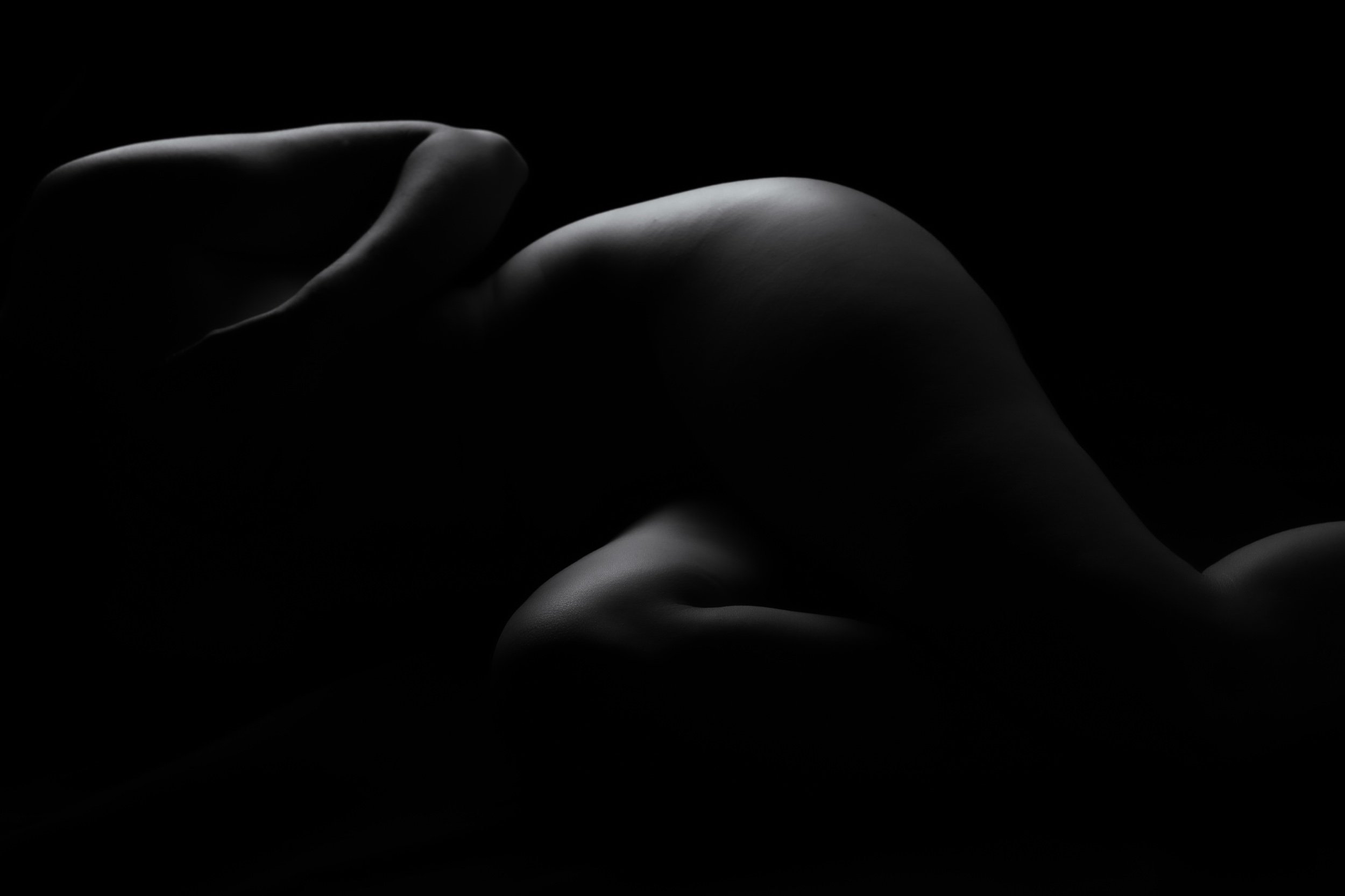In the world of business, visuals are a powerful tool. Whether it’s a captivating image on your website, an eye-catching social media post, or a striking advertisement, photography plays a vital role in shaping your brand’s identity. But commercial photography isn’t just about taking beautiful pictures; it’s about creating visuals that resonate with your audience and embody your brand’s message. Here’s how to master the balance of commercial photography that truly speaks to your brand.
1. Understand Your Brand Inside and Out
Before the first shot is taken, it’s essential to have a clear understanding of your brand. Ask yourself:
What are your core values?
Who is your target audience?
What emotions or messages do you want your visuals to convey?
Whether your brand exudes sophistication, fun, innovation, or trustworthiness, these qualities should guide every aspect of your photography.
2. Define the Purpose of the Shoot
Each commercial photography project should have a specific goal. Are you launching a new product? Revamping your website? Creating content for social media? The purpose of the shoot will influence the style, composition, and tone of the images. For instance, a product launch might focus on detailed, high-quality shots, while social media content may require more dynamic, lifestyle-oriented images.
3. Create a Cohesive Visual Identity
Consistency is key in building a strong brand. Your photography should align with your existing brand identity, including:
Color palette: Stick to your brand’s colors in props, backdrops, or post-processing.
Tone and style: Whether it’s clean and minimalistic or bold and dramatic, maintain a consistent aesthetic.
Fonts and overlays: If using text or graphics, ensure they match your brand’s style guide.
4. Collaborate with the Right Photographer
Choosing a photographer who understands your vision and specializes in your industry can make all the difference. Look for a professional who:
Has a portfolio that aligns with your desired aesthetic.
Is open to collaboration and understands your brand’s unique needs.
Communicates effectively and is willing to adapt their approach.
5. Prioritize Quality and Authenticity
In today’s market, consumers crave authenticity. Avoid overly staged or heavily edited images that feel disconnected from reality. Instead, focus on genuine moments, real people, and environments that align with your audience’s experiences. High-quality imagery also signals professionalism and builds trust with your audience.
6. Tell a Story
Great commercial photography goes beyond showcasing products; it tells a story. How does your product or service fit into the lives of your customers? Use photography to illustrate this narrative. For example:
Show your product in action.
Highlight the people behind your brand.
Capture the emotion or lifestyle your brand represents.
7. Optimize for Multiple Platforms
Your images need to work across a variety of platforms and formats. This means creating content that looks great on:
Websites (think hero images and banners)
Social media (square, vertical, and horizontal crops)
Print materials (brochures, flyers, and advertisements)
Work with your photographer to ensure the photos are versatile and high-resolution for any medium.
8. Embrace Trends, But Stay True to Your Brand
Trends in commercial photography, such as flat lays, bold typography, or natural lighting, can enhance your visuals and keep them fresh. However, it’s crucial to adapt trends in a way that feels authentic to your brand. Don’t let fleeting fads overshadow your core identity.
9. Measure Success and Refine
After your campaign or project is live, take time to evaluate its success. Track metrics such as engagement rates, click-throughs, and sales to see how your images are performing. Use this data to refine your approach for future shoots.
10. Stay Ahead with Professional Insight
Commercial photography is an ever-evolving field. Partnering with a photographer who keeps up with the latest techniques, equipment, and trends ensures your visuals remain cutting-edge.
Final Thoughts
Mastering the balance in commercial photography is about aligning every shot with your brand’s essence. By focusing on authenticity, storytelling, and quality, you can create visuals that not only captivate your audience but also strengthen your brand’s identity. Whether you’re a startup or an established business, the right commercial photography can be a game-changer—and your brand’s voice will shine through every frame.




